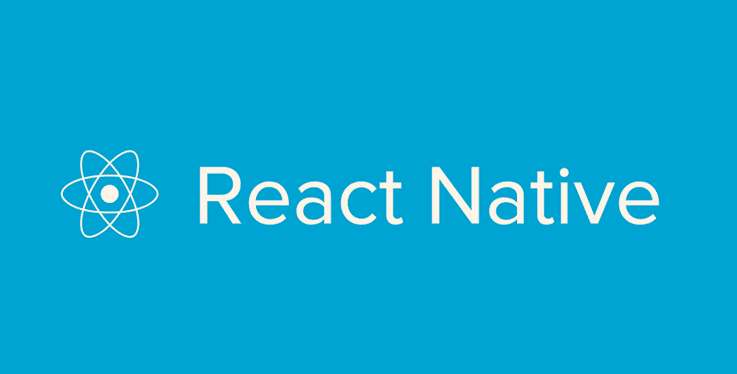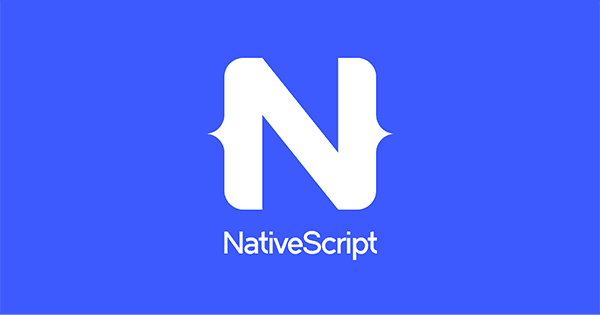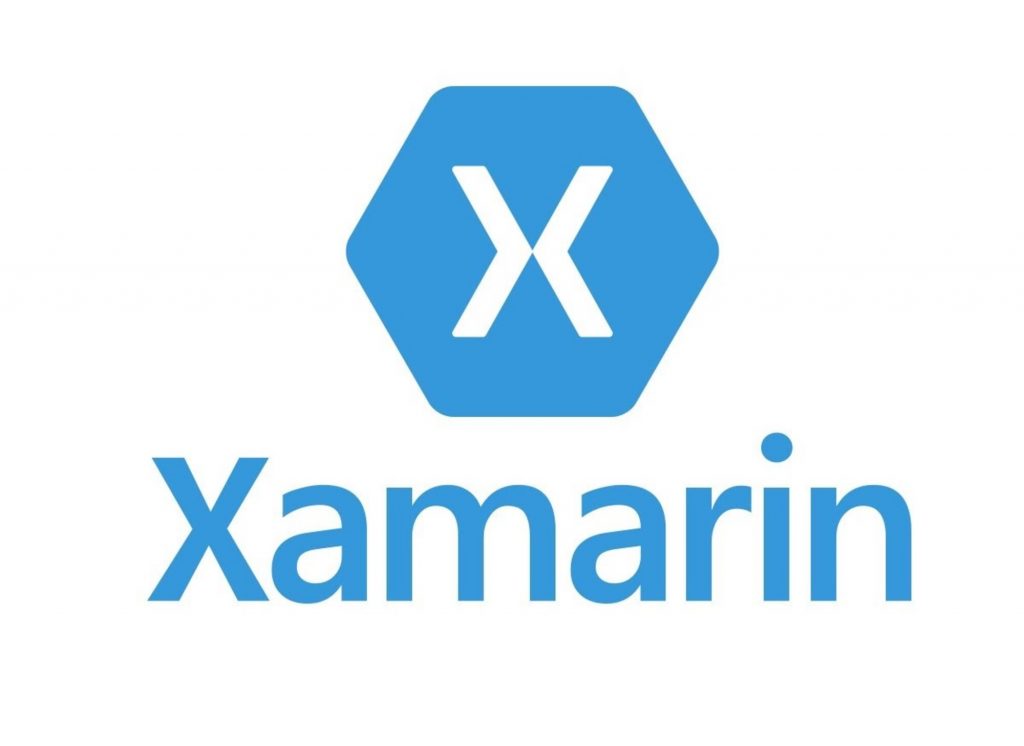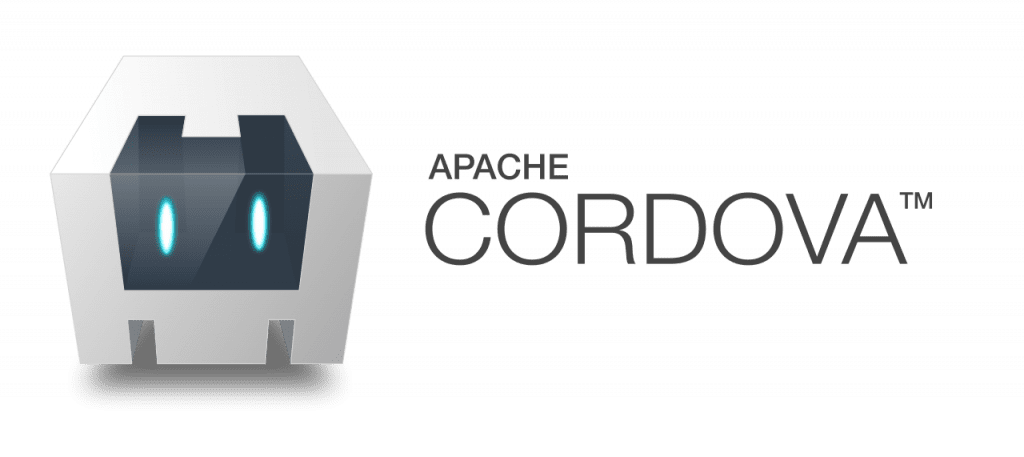Cross-platform solutions are in high demand as the mobile app development industry continues to change. App developers look for effective ways to create applications that function well across various operating systems. Cross platform app development frameworks have become quite popular due to this quest, completely changing how applications are developed and used.
What is a Cross Platform App development frameworks?
A cross-platform app development framework allows developers to create applications that can run on multiple operating systems (OS) or platforms. Instead of developing separate versions of an app for each platform (such as iOS, Android, Windows, etc.), developers can use a cross-platform framework to write code once and deploy it on various platforms, saving time and resources.
These frameworks provide a way to create applications with a shared codebase, allowing developers to reach a broader audience by targeting multiple platforms simultaneously. Cross-platform development frameworks typically support the development of both mobile and desktop applications.
Popular Cross Platform app development frameworks
Flutter

Flutter is a popular framework created by Google for building mobile apps that can work on both iOS and Android.
Some key features of Flutter:
– Fast development and high performance – The hot reload feature lets you quickly view code changes without restarting the app. Flutter is fast and responsive compared to some other cross-platform frameworks.
– Modern UI capabilities – Flutter makes it easy to create animated, high-quality user interfaces that look and feel very modern and polished.
– Extensive widget set – Flutter includes a large collection of prebuilt UI elements and widgets for building interfaces. It allows for rapid app development.
– Native performance – Flutter compiles code into native machine code for iOS and Android, allowing performance comparable to native development.
Flutter uses the Dart programming language, which was also created by Google. Dart is easy to learn and use for building Flutter apps.
React Native

React Native is an extremely popular framework maintained by Facebook for cross-platform development.
Key React Native features:
– Learn once, write anywhere – You can use the same React knowledge to build for iOS, Android, and web apps. It allows code reuse across platforms.
– Fast refresh for updates – View code changes instantly without recompiling the app with the Fast Refresh feature. Furthermore, it allows for quicker develop-test cycles.
– Huge ecosystem of packages – As one of the most popular frameworks, React Native has perhaps the most extensive collection of community plugins and components available.
– Native components – React Native lets you build apps with native UI controls rather than web views, avoiding performance issues some cross-platform tools have.
React Native uses JavaScript along with React to build application logic and interfaces. It is a good fit if your team is already using React for web development.
Native Script

Native Script allows developers to write native iOS and Android apps with framework bindings for platforms like Angular and Vue.
Native Script features include:
– 100% native UIs – There are no web reviews, allowing complete control over fast native UI components. This is unique from solutions like React Native, which still uses web views.
– Angular and Vue integration – Native Script ties into JavaScript frameworks like Angular and Vue, enabling web developers to reuse skill sets.
– TypeScript support – Developers can write Native Script apps in TypeScript, which adds type safety and scalability benefits over plain JavaScript apps.
NativeScript uses JavaScript (or, optionally, TypeScript) for the app code that controls native UI components through platform APIs.
Ionic

Ionic is an SDK focused on building highly interactive mobile and desktop apps. Key Ionic features are:
– Strong focus on UI interaction – From beautiful themes to gestures and animations, Ionic provides an extensive library of UI components designed for interactivity.
– Single codebase across devices – Ionic apps can be deployed across iOS, Android, and desktops from a single shared codebase.
– Extensive ecosystem – A massive selection of sleek prebuilt mobile-focused components, themes, and plugins are available for Ionic apps.
– Angular at its core – Ionic builds on top of Angular for its architecture, making it intuitive for Angular developers to work with.
Ionic uses web technologies like HTML, CSS, and JavaScript (Angular), powering apps through Cordova to package them for deployment.
Xamarin

Xamarin is a . NET-based framework made by Microsoft for building iOS, Android, and Windows mobile apps from a single shared C# codebase.
Key Features of Xamarin include:
– Full access to native APIs – Xamarin gives developers access to the full spectrum of underlying device capabilities and native APIs.
– Large community of .NET developers – Since it uses C#, Xamarin allows a large population of .NET developers to build mobile apps with minimal learning.
– Shared app logic across platforms – Business logic and backend code can be fully shared across iOS, Android, and Windows Phone apps while UI code is customized.
As a .NET platform, Xamarin apps are written in C# and can reuse existing .NET code. It allows companies to reuse their teams’ skills.
Cordova

Cordova is an open-source framework for building hybrid apps using web technologies like HTML, CSS, and JavaScript.
Key features:
– Plugin ecosystem – Cordova boasts a rich plugin ecosystem for integration device capabilities like cameras, scanners, NFC, and Touch ID. Plugins bridge web code to native code.
– Web skills are reusable – Web developers can reuse their existing web background for mobile development with Cordova by using their existing CSS, JavaScript, and HTML skills.
– Free and open source – Cordova is entirely free and open source, backed by the Apache Foundation and a community of open-source contributors.
Cordova uses web standard technologies like HTML, CSS, and JavaScript for application code and, therefore, has very low barriers to entry for web developers.
How to Choose the Best Cross Platform App Development Framework for Your Project?
Selecting the most suitable cross-platform framework for your project involves carefully considering various factors. Begin by assessing the project requirements, such as the desired features, performance expectations, and target audience. Evaluate your development team’s expertise, as different frameworks may align better with specific skill sets.
Consider the scalability and flexibility of the framework. An excellent cross-platform framework should be capable of accommodating future updates and scaling as your application grows. Assess the support and documentation available for each framework, as a strong community and comprehensive resources can be invaluable during development.
Examine the integration capabilities of each framework. Some may have better support for third-party plugins and native features, allowing you to enhance your application’s functionality. Compatibility with popular development tools and platforms is crucial for a smooth workflow.
Evaluate the framework’s performance, especially if your application demands high responsiveness and smooth animations. Some frameworks, like Flutter, are renowned for their excellent performance, while others may have specific strengths in different areas.
Finally, consider the long-term viability of the framework. Assess the roadmap, updates, and ongoing support the framework’s development community provides. Choosing a framework with a robust and active community ensures that your project will have the necessary support and updates in the future.
Benefits of Cross Platform App Development Frameworks?
Cross platform app development frameworks offer many benefits, contributing to their widespread adoption in the developer community.
Firstly, these frameworks streamline the development process by enabling developers to write code once and deploy it across multiple platforms. This significantly reduces development time and costs compared to building separate codebases for each platform.
Secondly, cross-platform frameworks promote code reusability. Developers can reuse a significant portion of the codebase for different platforms, improving the application’s efficiency and consistency. This accelerates the development cycle and makes maintenance and updates more straightforward.
Thirdly, the ability to maintain a single codebase simplifies updates and bug fixes. Developers can address issues and implement changes uniformly across all platforms, ensuring a consistent user experience. This is particularly advantageous in scenarios where timely updates and bug fixes are critical.
Moreover, cross-platform frameworks often provide access to a wide range of plugins and libraries, facilitating the seamless integration of native functionalities. It ensures that developers can leverage platform-specific features without compromising the cross-platform nature of the application. The extensive plugin ecosystems of frameworks like Cordova and React Native empower developers to extend their applications with various functionalities.
Additionally, these frameworks expedite the time-to-market for applications. With a single codebase, developers can simultaneously accelerate the development cycle and launch the application on multiple platforms. This is particularly advantageous in competitive markets where rapid deployment can be a crucial differentiator.
Furthermore, cross-platform frameworks promote a broader reach. Developers can tap into a more extensive user base by targeting iOS and Android platforms with a single codebase. This approach maximizes the potential audience and ensures a consistent user experience across different devices and operating systems.
Lastly, the vibrant communities surrounding these frameworks contribute to ongoing support, updates, and a wealth of resources. Developers can benefit from the shared knowledge and collective efforts of the community, ensuring the longevity and sustainability of their projects. Active communities provide a valuable network for troubleshooting, collaboration, and staying updated on the latest industry trends.
Final Verdict
In conclusion, Cross Platform App Development Frameworks have emerged as indispensable tools in the fast-paced world of mobile application development. From Flutter’s versatility to Xamarin’s integration capabilities, these frameworks offer a myriad of options for developers to create efficient, cost-effective, and scalable cross-platform applications that cater to diverse user preferences.




